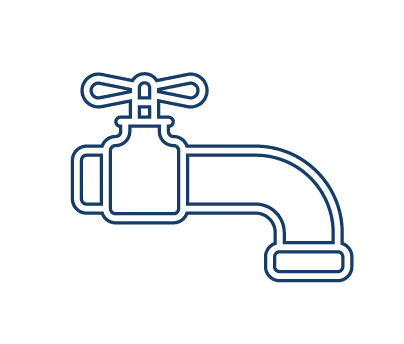Achieving safe‚ free‚ residual chlorination at point of consumption in emergencies

Project overview
The goal of this project was to develop tool to determine the required chlorine dose to attain a target free residual at a predetermined target (storage time). A model was developed and tested by acknowledging the mechanisms of chlorine degradation and is ready for further development to ensure it can be universally applicable to different water types and contexts.
Project solution
This project offers [specific solution or intervention] to tackle [challenge]. By implementing [strategies, tools, or innovations], the project aims to achieve [desired outcomes]. The approach is designed to [specific actions or methods] to bring about meaningful change in [community, region, or issue area].
Expected outcomes
This project aims to achieve [specific outcomes], such as [measurable results, improvements, or changes]. The expected impact includes [benefits to the target community, advancements in research or innovation, or long-term effects]. By the end of the project, we anticipate [specific changes or milestones] that will contribute to [broader goals or objectives].
What is the humanitarian need being addressed?
Achieving adequate levels of free chlorine residual (FCR) at the point of use (POU) is a challenge faced in emergencies. It is important that this level remains safe in order to provide drinking water.
The SPHERE humanitarian standards target is 0.5 mg/L at the tap, with other guidance varying from 0.2 to 2 mg/L. But storage periods of up to 24h are not considered; during which water safety may no longer be guaranteed due to FCR decay. The challenge is how to predict the initial dose needed and monitor the poststorage target (0.2 mg/L @ 24 h) considering relevant chlorination chemistry kinetics (fast &; slow demands) and field conditions (sunlight, temperature etc).
What is the innovative solution and how will it improve existing humanitarian practice?
This project aimed to work towards ensuring there are safe levels of chlorine in the water used in emergencies, thereby filling the need for a practice-oriented emergency-adapted approach, grounded on the underpinning chlorination processes taking place and novel monitoring techniques. Practitioners would know how much chlorine to dose to achieve a desired FCR target. They will also then know when such a target is not achievable and other action is required.
By identifying and incorporating significant variables that may change from site to site (water quality, ambient temperature, storage condition, etc.) into the proposed methodology, this project sought to deliver a simple and robust procedure with the potential for universal application. Also, the proposed monitoring innovation could facilitate representative sampling and continuous monitoring of supplied water through low-cost sensors.
These operational tools have the potential to serve humanitarian field staff involved in water supply interventions. The usefulness of this could be further extended through its incorporation in to curricula used by professionals working in WASH training and capacity building.
What were the grant outcomes?
The University of Victoria developed a tool to determine the required chlorine dose to attain a target free residual at a predetermined target (storage time). A model was developed and tested by acknowledging the mechanisms of chlorine degradation. It is ready for further development to ensure it can be universally applicable to different water types and contexts.
You can read the published journal article under the Tools and Research section below.
Project delivery & updates
Stay up to date with the latest developments from this project. Here, you will find details on what has been delivered, resources created, and regular updates as the project progresses. Access key documents, reports, and other materials to see how the project is making an impact.
Resources
Journal article
LEARN MORE